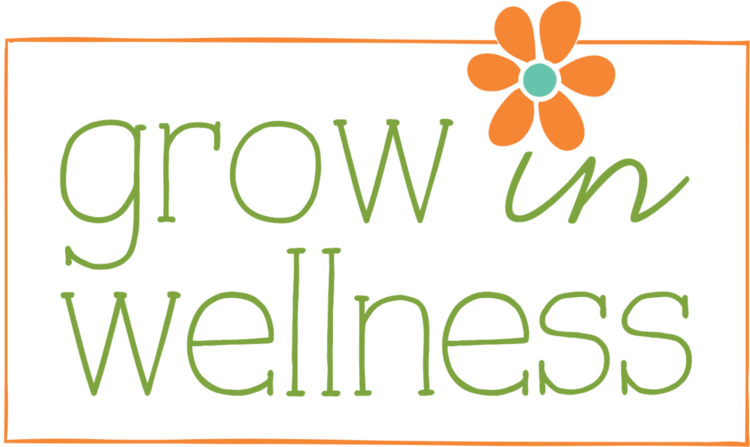Something to Buzz About – 8 Foods We May Be In Danger of Losing
Bees. The first thing you probably think of is they sting – run! Or maybe if you’re allergic to their sting, you’re thinking yikes –epipen! Or maybe you’re a garden buff and you’re thinking pretty flowers? No matter what you think of Bees, please don’t discount them or their purpose in our world. The honeybee population is in jeopardy and that that means more to us than you might already know.
Bees are crucial to food production in our world, and I don’t mean in a ‘honey nut cheerios’ kind of way.
90 percent of agriculture crops in the United States are made possible thanks to our pollinating friends, the bees. About 35 percent of the food we eat would not exist without pollinators. If it lowers cholesterol, improves eyesight or turbocharges the immune system, it was probably fertilized by a bee. The bad news of all this is Honeybee populations have been on the decline since 2006 and it’s only getting worse. The situation even has its own acronym – CCD, which stands for Colony Collapse Disorder. Bees are dying at an alarming rate and unless something changes, they could be on their way to extinction.
Let’s just take a leap and say bees became extinct. These top foods would be on their way to becoming extinct, too, due to their dependence on bees to pollinate their crops:
These foods are entirely dependent on Bees to pollinate their flowers:
Almonds –are entirely dependent on bees to pollinate their flowers. California produces 2.1 billion pounds of almonds each year (which supplies 80% of the global demand for all almonds). Almonds are a good source of calcium, magnesium, and fiber.
Pumpkins – depend entirely on bees for pollination. 512, 870 tons of pumpkins were produced in 2013. No pumpkins mean no jack-o-lanterns, no pumpkin pie and no pumpkin smoothies for breakfast.
Cucumbers – nearly 360,000 tons of cucumber are produced each year. This fruit is a great hydrator because of its potassium content. If the cucumbers go, say good-bye to pickles, too.
These crops, including watermelon, are 90% dependent on bees for pollination:
Apples – Production for this year is projected at 263 million 42-pound cartons of apples. Apples are a fantastic source of fiber and vitamin C. One of the healthiest fruits you can eat… “an (organic) apple a day keeps the doctor away”.
Avocados – 226,000 pounds are produced in the US each year. That’s a lot of guacamole! Plus this amazing fruit is a healthy fat and gives us a boost of folate and magnesium.
Blueberries – The US is the world’s largest producer of blueberries at 564 million pounds each year. This fruit is a powerhouse of antioxidants and a super-food everyone should incorporate into their diet.
Oranges – Just ask Florida how important bees are to their 104 million boxes of oranges they will produce this year. Vitamin C, anyone?
You may be wondering, “what is causing this honeybee decline?” Scientists do not know for certain, but contributing factors include pesticides, parasites and loss of habitats. The issue of the dwindling honeybee population has even prompted the White House to establish the Pollinator Health Task Force this year in an attempt to reverse the loss of pollinators such as honeybees.
So, what can we do in the mean time to help save the bees?
· Plant a bee-friendly garden
· Sponsor a hive
· Support local beekeepers by purchasing their honey at local farmer’s markets (my favorite way to help)
And speaking of bees… bees also mean honey and Raw Honey is good for our bodies! It provides phytonutrients and has antibacterial and antifungal properties. (But please do not give honey of any kind to a child under the age of one.)
That's all the buzz for today...
Sources:
www.beesfree.biz/The%20Buzz/Disappearing-Honey-Bees-Infographic
http://www.wholefoodsmarket.com/sharethebuzz

